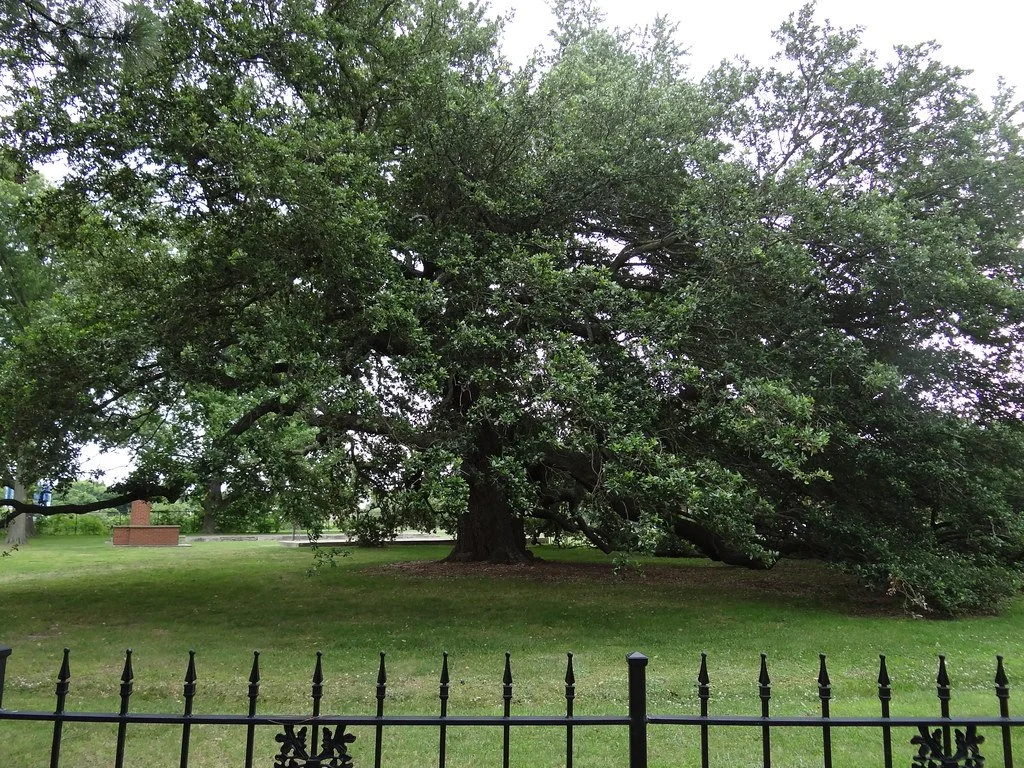Fort Monroe National Monument
Fort Monroe, Virginia
“Freedom’s Fortress” - Safe haven for freedom-seekers during the Civil War.
Just three decades after Fort Monroe – built by slaves – was completed, the Civil War was underway. Virginia ratified the state’s secession ordinance on May 23, 1861, making Fort Monroe a Union stronghold in what shortly became Confederate territory. Three slaves belonging to rebel Colonel learned that their master planned to send them to North Carolina to support the secession forces. The three slaves fled to Fort Monroe seeking refuge.
The following day, rebel Major John B. Cary requested the return of the slaves on grounds of the Fugitive Slave Clause of the Constitution, and Fugitive Slave Act of 1850 , which required that slaves who escaped to another state were to be returned to their owners. Union Major General Benjamin F. Butler, who had arrived only two days before, determined that the Slave Act did not affect another country, which Virginia now claimed to be and allowed the slaves to stay.
Just over one month later, some nine hundred freedom-seekers had arrived at the fort. However, Butler continued to view the freedom-seekers as slaves and living conditions were poor. Eventually a separate camp outside of the fort was established. This was the first self-contained Black community in the nation, which grew to a population of thousands by 1865.
Founded in 1868, the Hampton University Museum is the oldest African-American museum in the U.S. and the collections feature over 9,000 objects.
Also, in Hampton near the entrance to Hampton University is the Emancipation Oak Tree. One day in 1863, the members of the Virginia Peninsula’s black community gathered at the tree to hear the first Southern reading of President Lincoln’s Emancipation Proclamation. With limbs sprawling over a hundred feet in diameter, the Emancipation Oak is designated as one of the 10 Great Trees of the World by the National Geographic Society.
The Emancipation Oak Tree, Hampton, Virginia

